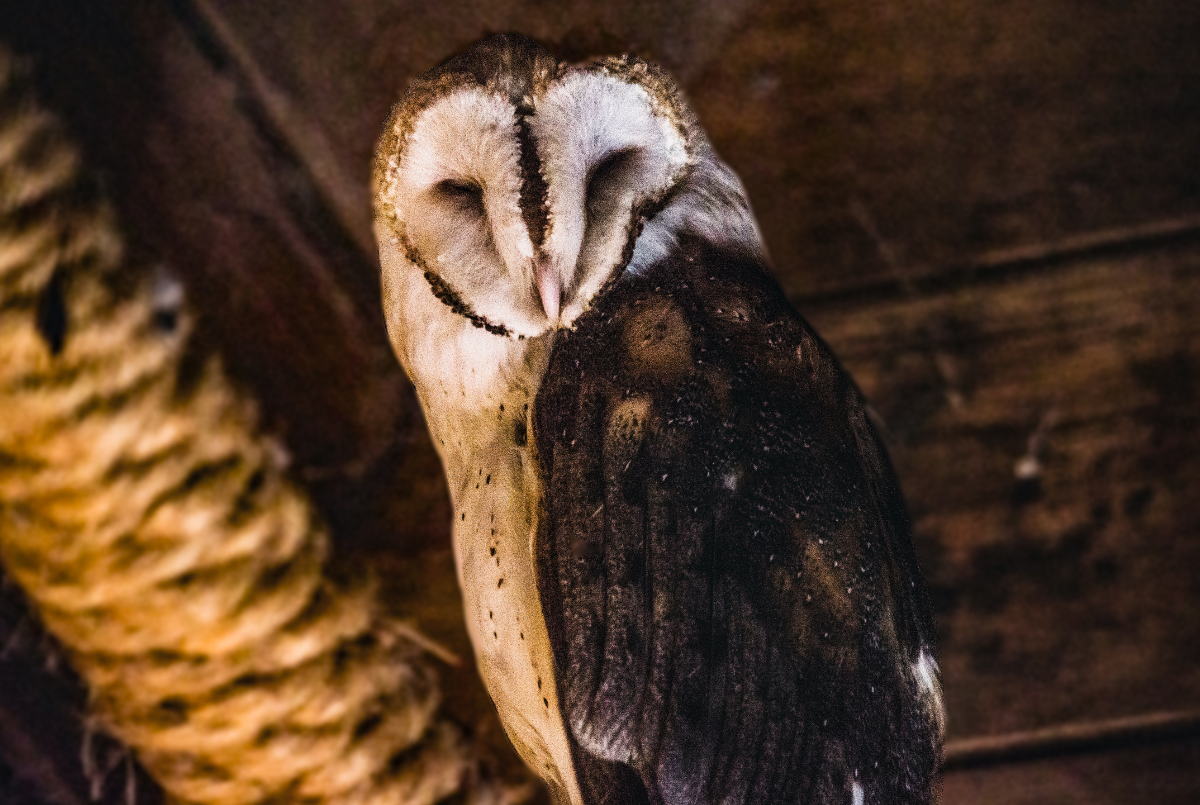Barn Owl

Basic Information:
Scientific Name: Tyto alba
Habitat: Barn owls are one of the most widespread of all species of bird being found in almost all areas of the world apart form polar and desert climates and some areas of Asia.
Diet: Barn owls feed primarily on rodents and other small mammals.
Size: 1 to 3 feet tall / 2.5 to 3 foot wingspan
Weight: 1 to 1.4 pounds
Lifespan: 2 to 4 years in the wild. Up to 20 years in human care.
Distribution Map:
I.U.C.N. Conservation Status:

What does this mean?
Least Concern – a species determined by the International Union for Conservation of Nature (I.U.C.N.) to be pervasive, abundant, and thriving.
Our Barn Owl:
Squiggles (Male) – Estimated Date of Birth May 2012
About Barn Owls
Barn Owls are one of the most common species of owls in the world and can be found everywhere except polar and desert regions and on a few islands. They are distinguishable by their white heart-shaped face, white chest, and small brown spots adorning their feathers. Their call is also not the common hoot like a lot of other owls, but a long, raspy scream. Like all owls, Barn Owls are nocturnal and use their excellent vision and hearing to silently swoop down upon unsuspecting prey in the dead of night.
Did You Know?!
- Barn owls – like many owls – fly silently because the shape of their soft feathers dulls the noise that they make.
- While Barn owls are around the size of a cat, they only weigh about 1 pound.
- Barn owls typically catch 3 to 4 prey every night. That adds up to between 1,000 and 1,500 prey every year!
- A barn owl’s ears are lopsided which allow them to pinpoint the exact location of animals based on the small noises that they make when moving.
